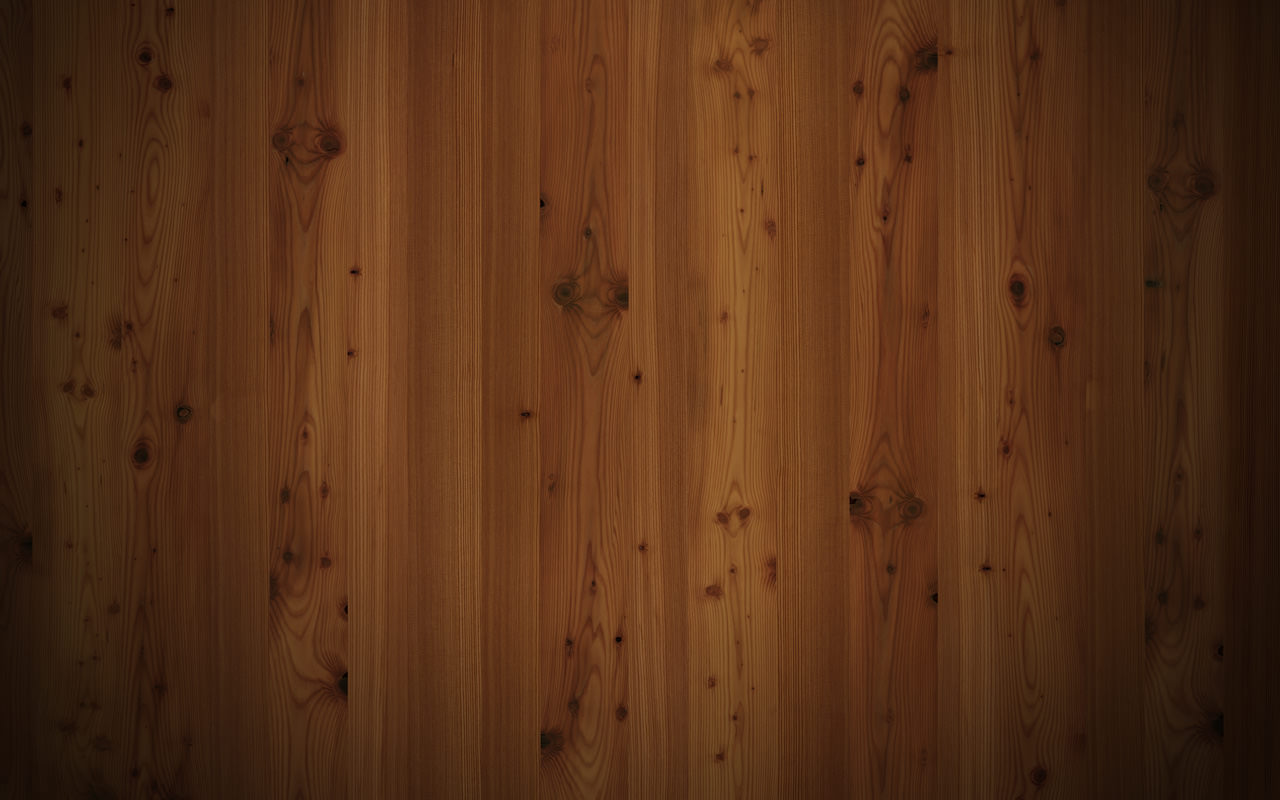

6OLUME .UMBER s #OLUMELLAR 3TRUT 'RAFT IN 2HINOPLASTY
profile photographs from the alar midpoint to
the nasal tip by using methods described pre-
viously by Byrd and Hobar.
9
Preoperative right
profile and morphed right profile images were
identical, which enabled a direct, linear, pixel-
based measurement of nasal tip projection.
Preoperative and postoperative right profile pic-
tures, however, had subtle differences in fram-
ing, distance, and resolution. To minimize the
effects of these differences, measured postop-
erative nasal tip projection was adjusted by using
a correction coefficient that was calculated by
dividing a fixed distance (superior margin of
the tragus to the lateral canthus) on the preop-
erative photograph by the same fixed distance
on the postoperative photographs as described
previously in the literature.
10,11
The measured
postoperative nasal tip projection multiplied
by the correction coefficient gave the adjusted
postoperative nasal tip projection that was used
in statistical analysis.
Percentage differences between preoperative
nasal tip projection and morphed nasal tip pro-
jection values were calculated for each patient
to better describe and analyze planned changes
in nasal tip projection. Percentage differences
between preoperative nasal tip projection and
adjusted postoperative nasal tip projection values
were calculated for each patient to better describe
and analyze actual changes in nasal tip projection
(Fig. 2). If the planned change in nasal tip projec-
tion was an increase greater than 1 percent, those
patients were also included in a separate “planned
increase in nasal tip projection” cohort.
Analysis of Nasal Tip Rotation and Nasal Profile
Proportions
Nasal tip rotation was analyzed by using the
nasolabial angle, which was measured at the inter-
cept of the columellar break point to the subnasale
line with the superior labial point to the subnasale
line. Nasal profile proportions were analyzed by
using the Goode ratio. The Goode ratio was calcu-
lated by dividing the distance from the alar point to
the nasal tip by the distance from the nasion to the
nasal tip (Fig. 2). All measurements were performed
by the same surgeon (H.U.) to ensure consistency.
Statistical Analysis
Statistical analysis of the data was performed
by using SPSS Version 17 (SPSS, Inc., Chicago,
Ill.). Nasal tip projections, nasolabial angles, and
Goode ratios were compared between preopera-
tive, morphed, and postoperative groups by using
the repeated measures analysis of variance test
with a Greenhouse-Geisser correction. Post hoc
tests using the Bonferroni correction were used
to make pairwise comparisons. The linear correla-
tion between planned and actual changes in nasal
tip projection was also assessed by calculating the
Pearson parametric correlation moment coeffi-
cient. The chi-square test was used to examine the
differences in distribution tables.
RESULTS
Of the 100 patients in our series, 86 were
female and were 14 male. The average patient
age was 27.6 years (range, 17 to 55 years), and the
Fig. 1.
Illustration of our surgical routine for maintaining nasal tip
support in primary open approach rhinoplasty. Paramedian and
median supporting ligament reconstruction (
red ellipses
) along with
a proper anterior septal angle position is performed in every case.












